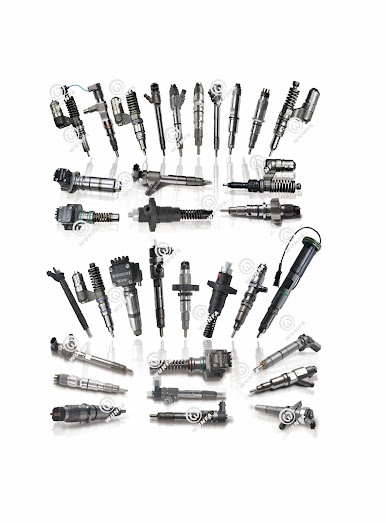Valve Masters: Unveiling the Secrets of Valve Sets and Piezo Valves
In the intricate network
of pipes and lines that power our industries and daily lives, valves play a crucial
role. They control, regulate, and direct the flow of various fluids and gases.
Today, we dive into two fascinating aspects of this world: valve sets and piezo
valves.
Valve Sets: Orchestrating
Fluid Flow
Imagine a complex machine
requiring multiple valves to be opened and closed in a specific sequence. This
is where valve
sets come in. They combine several individual valves into a single,
compact unit, simplifying installation and operation.
What makes them special?
- Efficiency: Streamlined design reduces
piping needs and potential leak points.
- Customization: Tailored to specific
applications with various configurations and materials.
- Pre-assembled and tested: Saves time and
ensures proper functioning upon installation.
- Space-saving: Ideal for compact layouts
where individual valves would be cumbersome.
Common applications:
- Chemical processing plants: Regulating
corrosive or hazardous fluids.
- Power generation: Controlling water flow
in cooling systems.
- Medical equipment: Precisely managing
fluid flow in devices like dialysis machines.
- HVAC systems: Optimizing airflow and
temperature control.
Piezo Valves: The Power
of Electricity
Pizo
valves operate on a different principle than traditional
valves. They utilize the "piezoelectric effect," where applying
voltage to a specific material causes it to deform. This deformation opens or
closes the valve, offering unique advantages.
.jpg) |
| Pizo valve |
Key features:
- Fast response: Opens and closes valves at
incredibly high speeds, crucial for high-precision applications.
- Low power consumption: Highly
energy-efficient compared to solenoid valves.
- Quiet operation: No moving parts means
virtually no noise generation.
- Precise control: Offers fine-tuned control
over flow rates and pressure.
Where are they used?
- Micropumps: Dosing minute amounts of
fluids in medical devices and inkjet printers.
- Aerospace technology: Controlling fuel
flow in rockets and jet engines.
- Robotics: Precisely actuating fluid
movement in robotic arms and grippers.
- Analytical instruments: Regulating gas
flow in chromatography and mass spectrometry.
The Future of Valve
Technology
Both valve sets and piezo
valves represent advancements in flow control technology. As industries strive
for efficiency, miniaturization, and precision, these innovations will play a
key role in various applications. The future holds exciting possibilities for
even more intelligent and interconnected valve systems, further optimizing
performance and control in various industries.
.jpeg)



Comments
Post a Comment